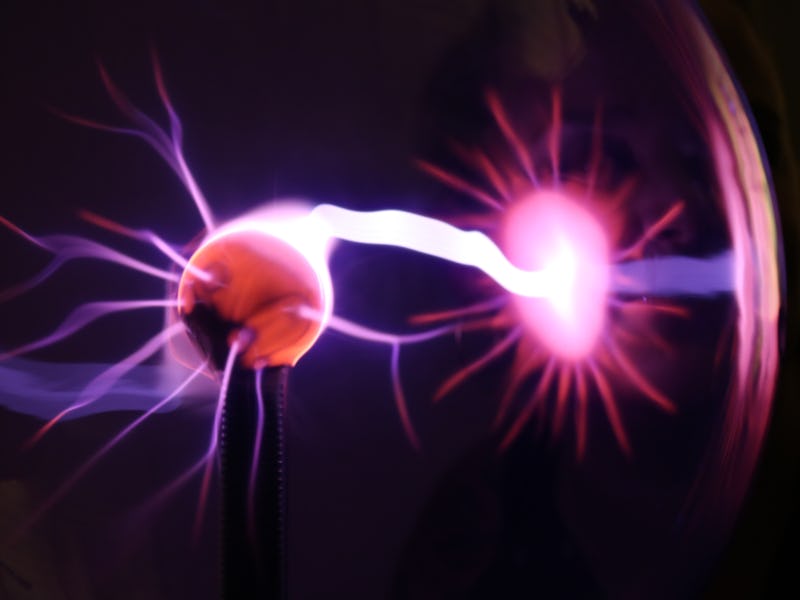Scientists Find Way to Treat Non-Healing Wounds With Cold Plasma
This is the first time scientists have applied the technology.

By definition, the non-healing wound is a painful, chronic ailment that’s also a source of embarrassment, aggravation, and depression.
“I am unable to express the shame I felt, as it was affecting not only me but also those around me,” British nurse Sylvia Leonard told Nursing Times in 2009. “The smell was so bad I could taste it.”
But there’s good news: Researchers at the Moscow Institute of Physics and Technology have discovered a way to use non-thermal, or so-called “cold” plasma, to develop a therapy program for non-healing wounds. Unlike conventional wounds, non-healing wounds can be very difficult or impossible to treat, making the advancement a critical medical technology.
Open (chronic) wounds affect 5.7 million patients and cost an estimated 20 billion dollars annually. Patients with chronic wounds often find them to be not only costly but an impediment to daily life that can impact their physical and mental wellbeing. Existing treatments, such as Topical Negative Pressure, which requires a uniform negative pressure to the base of the wound sometimes using a vacuum, can be both expensive and uncomfortable for patients.
While hot plasmas are dangerous, cold plasmas are found in everyday products like neon lights and fluorescent lamps. It’s most common use is in the antimicrobial treatment of foods with fragile surfaces, such as fruit.
But researchers have known for a few years that non-thermal plasmas can also be used to sterilize wounds and equipment, deliver drugs, and heal wounds without damaging tissue. Researchers have also found that cold plasma has potential as a means to eradicate cancerous cells without destroying healthy ones.
This is the first time scientists have applied the technology to non-healing wounds. Non-healing wounds can occur due to three primary reasons: damage to blood vessels, immune system failure, or slow cell division. The wounds can result from anything as treatable as diabetes to more challenging illnesses such HIV and cancer.
While the team’s previous work on the success of the treatment was inconclusive, it inspired them to further investigate the potential of plasma treatments for non-healing wounds. In their latest tests, the application of plasma increased the regeneration of cells in samples where the treatment was applied. Plasma treatment significantly reduced the concentration of senescence-associated -galactosidase, an enzyme associated with aging, in cells.
“The positive response to plasma treatment that we observed could be linked to the activation of a natural destructive mechanism called autophagy, which removes damaged organelles from the cell and reactivates cellular metabolic processes,” Elena Petersen, a co-author of the paper and the head of the Laboratory of Cellular and Molecular Technologies at MIPT told Phys.org.
The researchers are planning further research to determine if age is a factor in the effectiveness of the treatment.